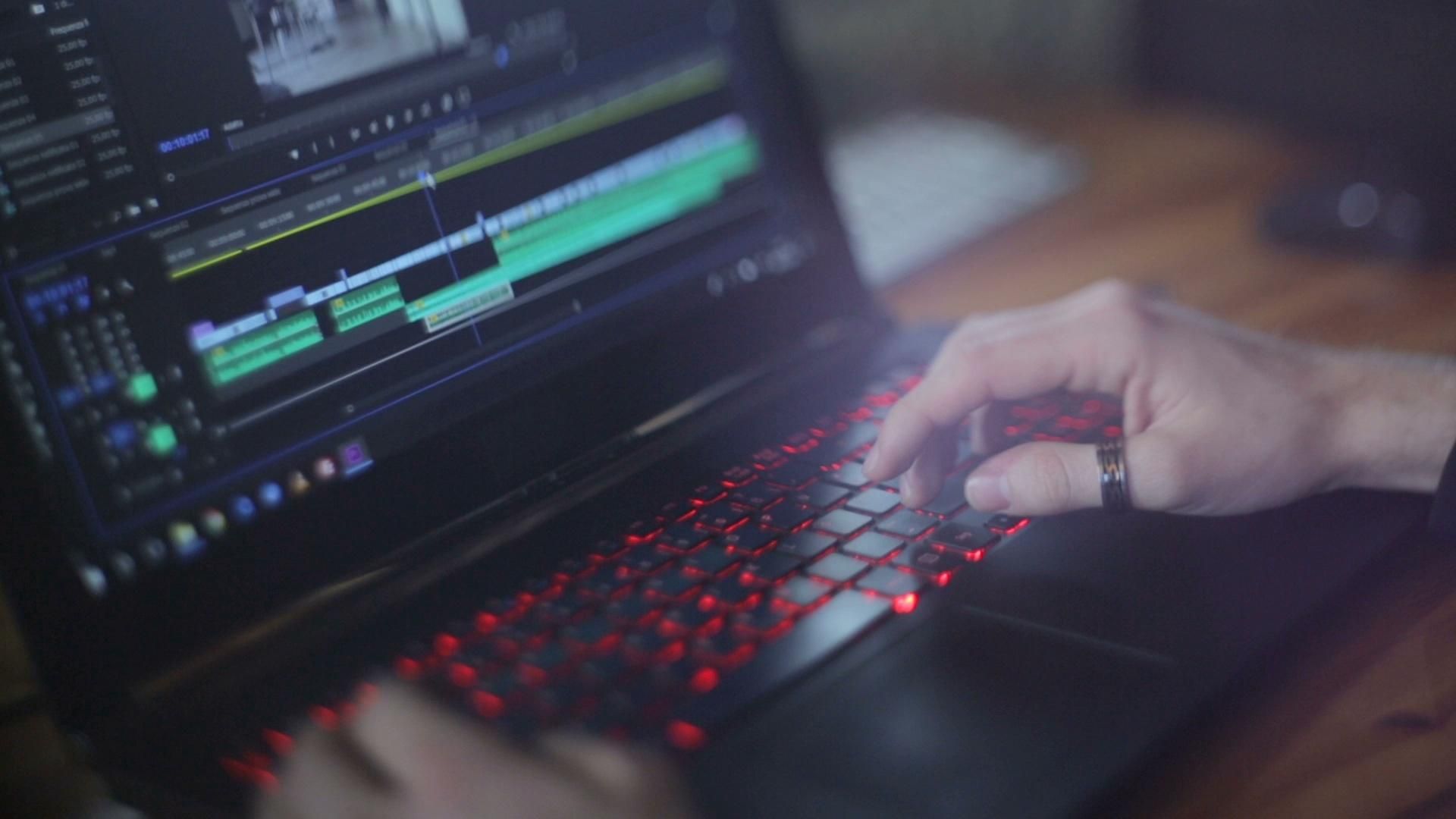Crafting Visual Stories: The Art and Science of Video Editing
Crafting Visual Stories: The Art and Science of Video Editing
Blog Article

In today's digital age, video editing has emerged as a vital skill that transforms raw footage into compelling narratives. Whether you are a filmmaker, content creator, or simply someone looking to share your experiences, the art of editing allows you to convey emotion, build suspense, and engage your audience in a way that mere visuals cannot. With the right techniques, a simple collection of images and sounds can be crafted into a powerful story that resonates deeply with viewers.
The process of video editing is not merely technical; it is a blend of creativity and precision. Editors must understand pacing, rhythm, and composition to ensure each frame serves a purpose and contributes to the overall message. As you delve into the world of video editing, you will discover that it is both an art and a science, where thoughtful choices can elevate your storytelling to new heights. Understanding the tools and methods of video editing can empower you to create captivating visual experiences that leave a lasting impact.
The Fundamentals of Video Editing
Video editing is a critical skill that shapes how stories are told in the digital age. At its core, it involves the process of selecting, arranging, and modifying video footage to create a coherent and engaging narrative. The choice of shots, the timing of cuts, and the incorporation of sound and effects all play a significant role in conveying the desired message. Understanding these basic principles is essential for anyone looking to excel in the art of video editing.
https://trim-video-online.com/
One of the key aspects of video editing is the understanding of pacing and rhythm. The speed at which scenes transition and how footage is cut together can significantly impact the viewer's emotional response. Editors must be attuned to the flow of the story and how different elements work together to create tension or relief. By manipulating the timing of cuts and the duration of shots, editors can guide the audience's attention and elicit specific reactions that enhance the overall experience.
Additionally, the use of software tools is fundamental to modern video editing. Various programs offer an array of features such as multi-track editing, color correction, and sound design capabilities. Familiarity with these tools not only streamlines the editing process but also allows for greater creative expression. As technology continues to evolve, video editing software becomes more accessible, enabling aspiring editors to refine their skills and explore innovative techniques for storytelling.
Techniques for Engaging Visuals
To create compelling visuals in video editing, it is essential to focus on the pacing and rhythm of the cuts. A well-timed edit can evoke emotions and enhance the storytelling experience. By utilizing techniques such as match cuts or jump cuts, editors can generate a sense of continuity or abruptness that supports the narrative. Experimenting with the speed of transitions can also keep the audience engaged, whether by employing fast-paced cuts during action sequences or slow fades that evoke contemplation.
Incorporating various shot types is another effective technique to enrich visual storytelling. By mixing close-ups, wide shots, and medium shots, editors can create a dynamic visual experience. Close-ups draw attention to emotions and details, while wide shots provide context and establish the setting. This combination not only keeps the viewer interested but also aids in conveying the story more effectively. Additionally, integrating b-roll footage can help to illustrate points or add depth to the narrative.
Color grading plays a crucial role in enhancing the overall aesthetic of the video. By adjusting the color tones and contrasts, editors can create a mood that resonates with the content. Warm colors may invoke feelings of comfort and nostalgia, while cooler tones might suggest tension or sadness. Consistency in color grading throughout the video helps maintain a cohesive look, allowing the audience to immerse themselves in the visual journey. Emphasizing this element of video editing can significantly elevate the storytelling aspect, making it more memorable for viewers.
The Future of Video Editing Technology
As technology continues to advance, the future of video editing promises to bring innovations that will transform the industry. One of the most exciting developments is the integration of artificial intelligence. AI tools can analyze footage and suggest edits, streamlining the editing process and allowing creators to focus on storytelling rather than technical details. This shift not only improves efficiency but also opens up new possibilities for content creators by enhancing their creative capabilities.
Moreover, cloud-based editing solutions are gaining traction, allowing collaboration across geographical boundaries. Editors can work simultaneously on projects in real-time, sharing assets and feedback instantly. This trend is especially beneficial for teams working on large-scale productions or those who need to peacemake contributions from various stakeholders. The accessibility offered by cloud technology is redefining workflows and making high-quality video editing more democratized.
Additionally, advances in virtual and augmented reality are poised to revolutionize video editing by introducing immersive experiences. With the rise of VR content, editors will need to adapt their skills to edit 360-degree footage and create engaging narratives that captivate and transport audiences. This evolving landscape will require continuous learning and adaptation from video editors, pushing the boundaries of creativity and technical prowess in the pursuit of captivating visual stories.
Report this page